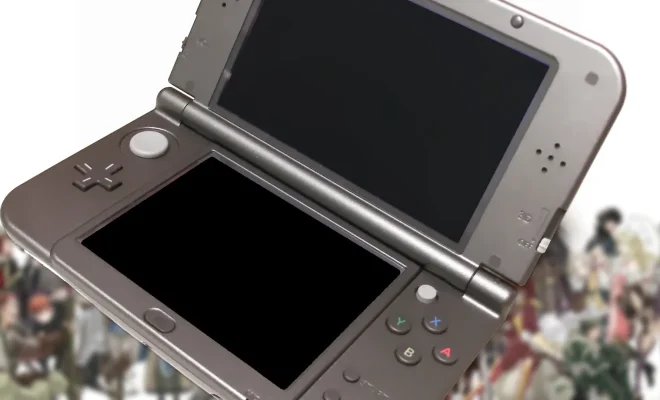What Is Rubber Hose Animation? How to Achieve This Classic Look

Rubber hose animation is a style of animation that originated in the early 20th century. This style draws its inspiration from the character designs of early cartoons, which had exaggerated, elastic limbs that seemed to move without any skeletal structure.
The name of the animation style comes from the fact that the character’s limbs look like rubber hoses, bending and stretching in impossible ways. Rubber hose animation has a characteristic bold and simple design, with minimal shading and details, making it quite easy to produce.
So how can you achieve a classic rubber hose animation look in your own work? Here are some key tips to get you started:
1. Simplify your character designs – Characters were created to be simple, expressive and exaggerated in their movements. By stripping back the details, you can create clear, distinct shapes that are easy to animate and bring to life.
2. Focus on the movement – Rubber hose animation is all about impactful movement, and the wacky, exaggerated poses that are often used. Study how your character would move, in order to capture their unique personality traits and quirks.
3. Experiment with facial expressions – The faces of characters often were made up of simplistic shapes and expressions with their features over emphasized. This can help to create a cartoonish look and feel for your animation.
4. Use simple backgrounds – In rubber hose animation, the backgrounds are typically very simple, which helps to focus more on the character’s movements and actions. This allows audiences to focus on the action and character driven story, rather than getting distracted by complex backgrounds.
5. Try to make the animation feel fluid – Rubber hose animation employs fluid and smooth movement of the character’s limbs. Focusing on fluidity in movement will help sharpen the character’s personality and give the audience a clearer idea of the kind of character they are.



